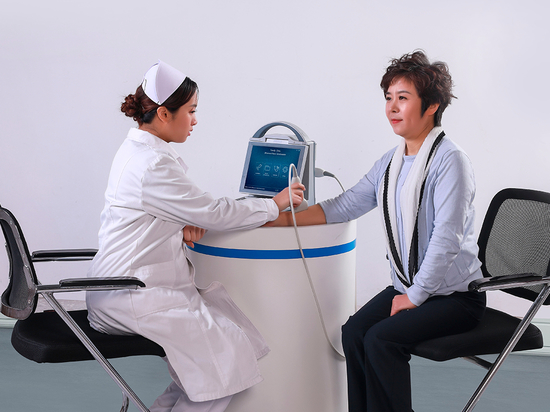
#Industry News
Don't just know calcium supplements! This article describes the prevention of total osteoporosis
Bone mineral density test (DXA scan) : The most effective test to accurately assess bone condition and help predict fracture risk.
Osteoporosis is a common bone disease in the world. As people age, they gradually lose bone mass, resulting in brittle bones. Early action, early prevention, strong bones and a better life.
Screening and diagnosis of osteoporosis
There are no obvious symptoms in the early stages of osteoporosis, and many people do not realize the seriousness of the problem until they have broken a bone. Therefore, early screening is critical, especially for people over 40 years of age, and common screening methods include:
1. Bone mineral density test (DXA scan) : The most effective test to accurately assess bone condition and help predict fracture risk.
2. The FRAX Fracture Risk Assessment tool combines age, weight, medical history and other information to predict the risk of fracture in the next 10 years.
What are the risk factors for osteoporosis?
1. Aging: The older you get, the faster your bones naturally degrade, increasing your risk of fracture.
2. Gender: Women are particularly vulnerable to osteoporosis, especially after menopause, when bone loss accelerates.
3. Lifestyle habits: no exercise, smoking, excessive drinking, lack of calcium and vitamin D, etc., will damage bone health.
4. Family history: If a parent or sibling has had osteoporosis, you may be at higher risk.
5. Underweight: When the body weight is low, the bones are under less pressure and the bone mass is less, which increases the possibility of fracture.
How can osteoporosis be prevented?
1. Get enough calcium: Calcium is an important building block of bones. The recommended daily intake for adults is 1000-1200 mg, which can be obtained through milk, yogurt, soy products, dark green vegetables and other foods.
2. Take Vitamin D supplements: Vitamin D helps your body absorb calcium. Moderate sun exposure is recommended, 15-30 minutes a day, or vitamin D supplements as recommended by your doctor.
3. Regular exercise: A moderate amount of weight-bearing exercise, such as walking, running, dancing or weightlifting, can enhance bone density. Balance training (such as tai chi and yoga) can help reduce the risk of falls.
4. Healthy lifestyle: smoking cessation and alcohol restriction are good for bones, and avoiding these bad habits can effectively reduce bone loss.
How to prevent fractures?
Fracture is one of the most serious consequences of osteoporosis, but with a few simple precautions, you can greatly reduce your risk of fracture.
Minimize the risk of falls in your home: for example, remove debris from the floor, install non-slip MATS, and keep stairways and hallways bright.
Strengthen balance and muscle strength: Practicing balance and strength training can reduce the probability of falls and reduce the likelihood of fractures.
Osteoporosis is a common health problem, but it can be prevented and controlled. From a healthy diet and regular exercise to regular screenings, early action can reduce the risk of osteoporosis and fractures. Take action to protect bone health and make the future better!






